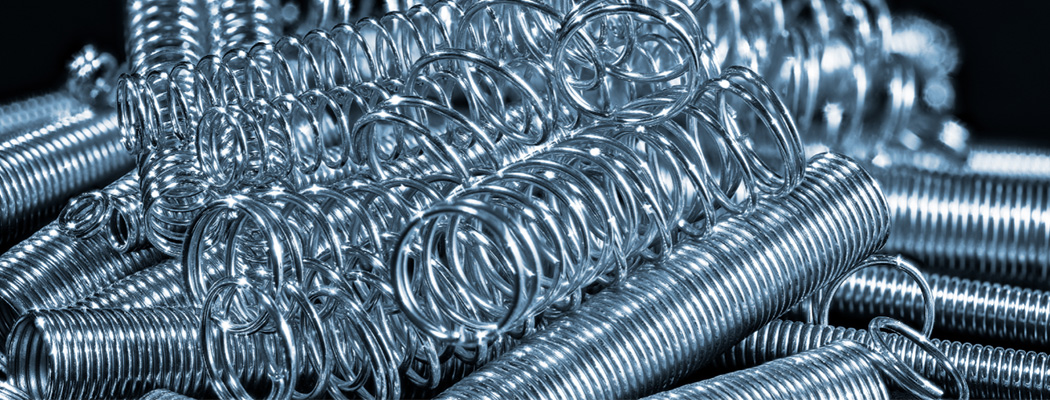Mechanical pressure switches (like the Gems PS11, PS41, PS61, PS71 and PS75 series) are mechanical devices with springs inside. Each series has different spring characteristics to operate correctly for low pressure set points as well as high pressure setpoints.
As pressure rises in the switch, the spring starts to compress. Depending on the thickness of the spring, the number of coils, the spring index, etc., will determine how much the spring moves. After the spring moves and pressure overcomes the spring’s resistance, then the switch will either make the electrical contacts or break the electrical contacts and the switch will change state to indicate to the user that the switch has hit its set point.

It is important to understand the principal that Mechanical Pressure Switches will react to pressure changes differently depending if they are set as pressure falls or they are set as pressure rises:
- If the pressure switch is set as pressure falls (say 100 psi or 7 bar) then it will not reset until pressure rises above a value higher (say 130 psi or 9 bar).
- If the pressure switch is set as pressure rises (say the same 100 psi or 7 bar) then it will not reset until pressure drops below a value lower (say 75 psi or 5 bar).

Gems defines the set and reset points at the end the part number using the F for Falling and R for Rising:
- PS61-10-4MNZ-A-SP-FS100psiF
- PS61-10-4MNZ-A-SP-FS100psiR
Fully understanding how a pressure switch will react to changes in pressure depending on how they are set is very important to have a successful application. Even though both examples above are set at 100 psi, the definition of falling or rising will make the pressure switch react differently to pressure changes.
- Understanding Pressure Switches
- See more Pressure Switch HERE
 SEARCH OUR RESOURCE CENTER
SEARCH OUR RESOURCE CENTER

